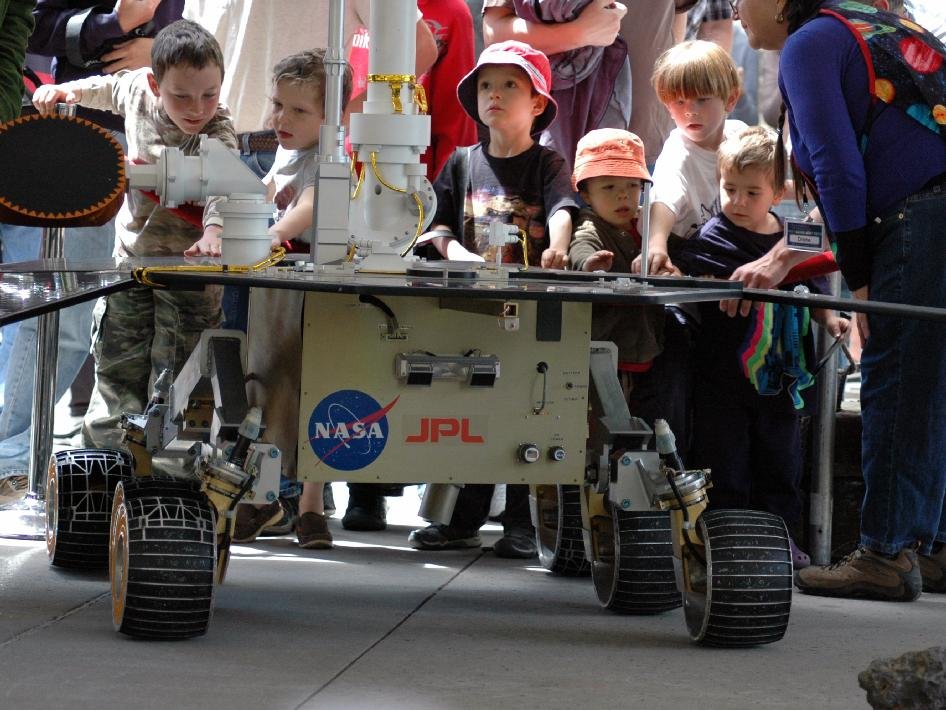Even though it was 1:30 in the morning, about 1,000 people gathered in Times Square, August 6
th , to stare up at a 53-foot LED screen. Having lived in New York City for many years, I know there are always lots of people in Times Square. And getting them to stop and watch—or even to notice anything—would be a big deal. But here they were, adults and children, their mouths agape and eyes fixed in suspense, looking up at that giant screen. What was it that so captivated them and many others around the globe? Some wild publicity stunt? The trailer for a new blockbuster movie? No. They had gathered to peer into NASA’s Mission Control Center as the rover Curiosity landed on Mars. Reminiscent of the Apollo 11 moon landing, watched by 500 million people worldwide some 43 years ago, these people were here to witness human exploration in real time. Many of these enthralled viewers were kids, given a late-night reprieve to watch history being made on a neighboring body in our solar system. While the grainy black-and-white TV sets may have been replaced by high-definition LED screens, iPads, or even smartphones, the looks on peoples’ faces and their excitement as the car-sized robotic explorer touched down on Mars have not changed over the decades. The scene made me think: How will the story of theI have talked with many NASA scientists and engineers over the past decade, and I have learned that watching events—like the Curiosity landing—played a critical role in inspiring them to pursue their career path. They were engaged by these powerful stories and found ways to get involved and contribute.



